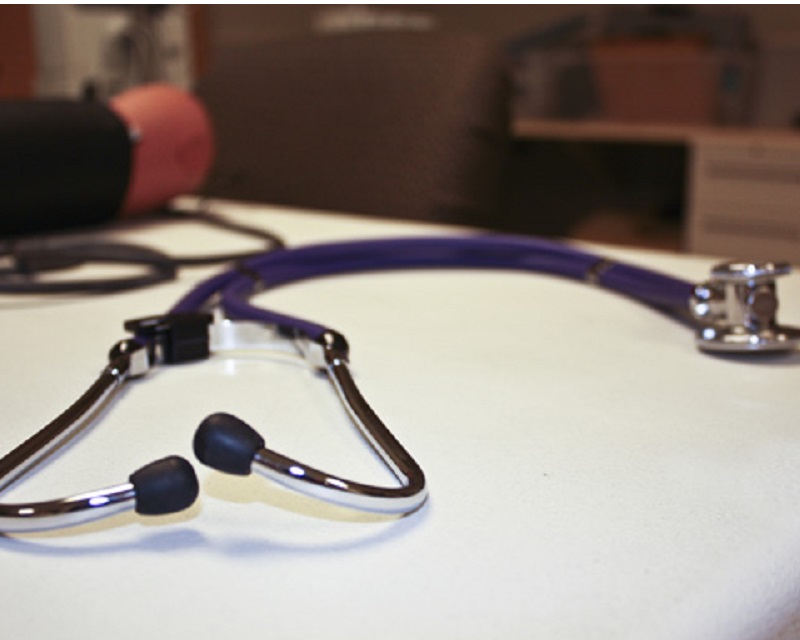
If a person comes into the ER for a drug overdose, the doctor refers that patient to rehab services. If a person comes in after attempting suicide, the doctor refers them to psychiatric care.
We expect our medical staff to identify the underlying causes of our ailments, give us the information we need to make informed decisions about our health, and help us access the treatment and services we need. And we expect healthcare settings to be a safe place to discuss our needs.
But what happens if the problem isn’t obvious? What if the patient is a victim of human trafficking who experienced physical assault, an occupational injury, or sexual assault, but their trafficker told them that if they said anything to anyone their family would be hurt? If medical professionals don’t know what to look for, that patient could walk right out the door and back into their trafficking situation.
Healthcare providers have a crucial role in victim identification and support because they are in a unique position to recognize problems that may not be obvious at first glance. For some victims of trafficking, the interaction with a healthcare worker may be the only private setting they have to ask for help.
Studies have found that anywhere between 50% and 88% of trafficking victims had access to one or more healthcare professionals during their trafficking situation. These figures point to a clear need for healthcare workers to understand the issue of human trafficking, know how to identify signs of sex and labor trafficking, and develop protocols and policies to support trafficking victims.
And yet, to do this, they need information and education. One study found that less than 5% of emergency department personnel had received formal training on human trafficking identification. The U.S. Department of Health and Human Services (HHS) is working to close this gap. HHS’s Office of Trafficking in Persons and the Office of Women’s Health have partnered to develop SOAR to Health and Wellness, a groundbreaking training curriculum for healthcare, public health, behavioral health, and social work professionals.
As a member of SOAR’s Technical Working Group, I have seen the benefits of this initiative first hand. Earlier this fall, I had the opportunity to train a group of healthcare and social work professionals here in the D.C. area. The SOAR curriculum gives healthcare workers the information, tools, and resources needed to recognize the signs of human trafficking and interact with victims in an uplifting, victim-centered manner.
There are over 12 million people employed in healthcare occupations – that’s 9% of the national workforce! Imagine the possibilities if these professionals received training on human trafficking. From the emergency responder, to the triage nurse, to the social worker, every member of a healthcare facility has opportunities to identify and assist victims of trafficking.
Congress has introduced a bill that can help make this happen. Representatives Steve Cohen, Adam Kinzinger, Tony Cárdenas, and Ann Wagner introduced the SOAR to Health and Wellness Act to the House. This bill, which has also been introduced in the Senate by Senators Heidi Heitkamp and Susan Collins, would help ensure that trafficking victims receive the support they need by training the professionals who serve them.
You can help too – call on your legislators today to support this bill by signing this petition and sending a letter to Congress.
Photo credit: Flickr / M State


